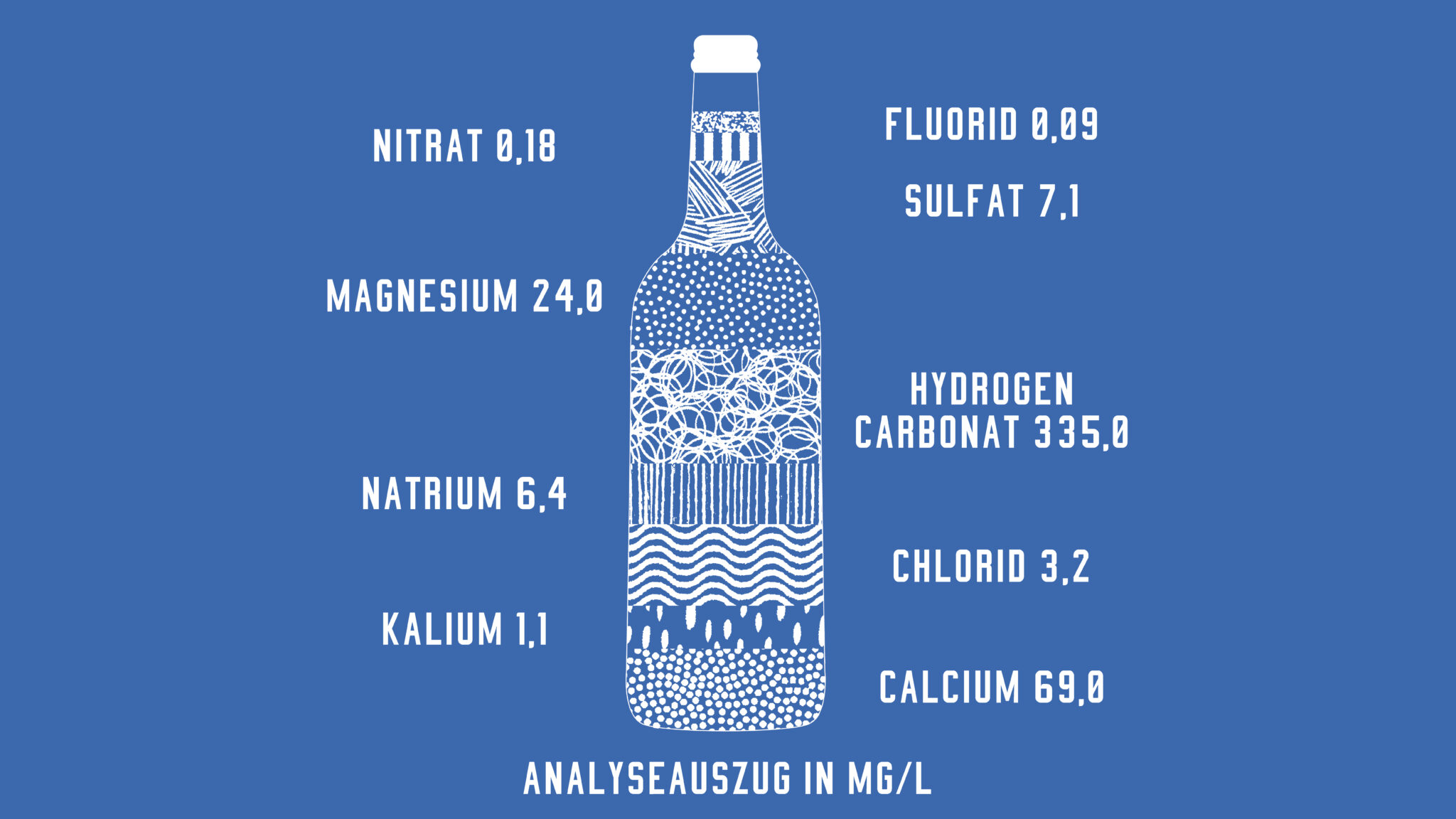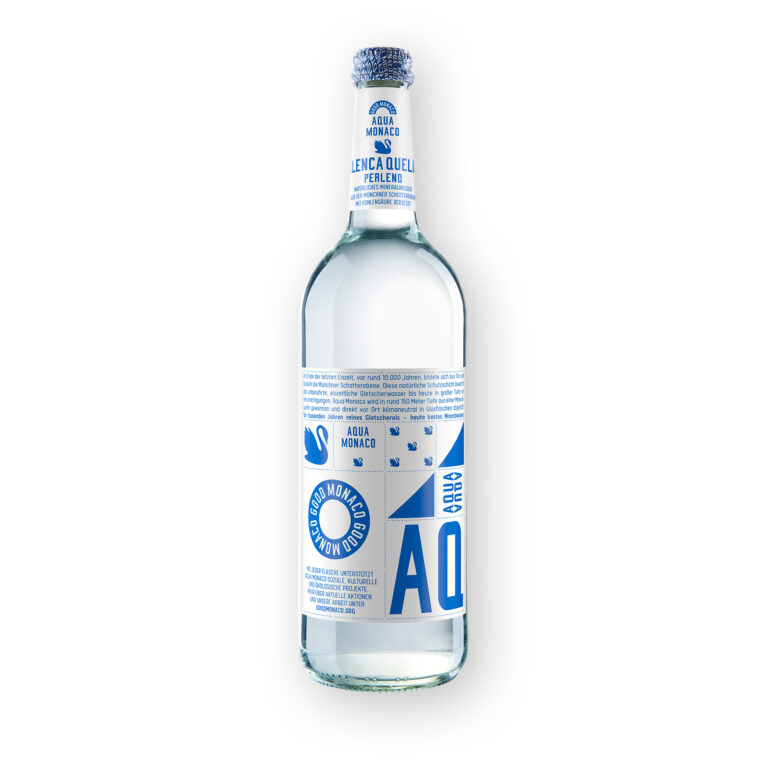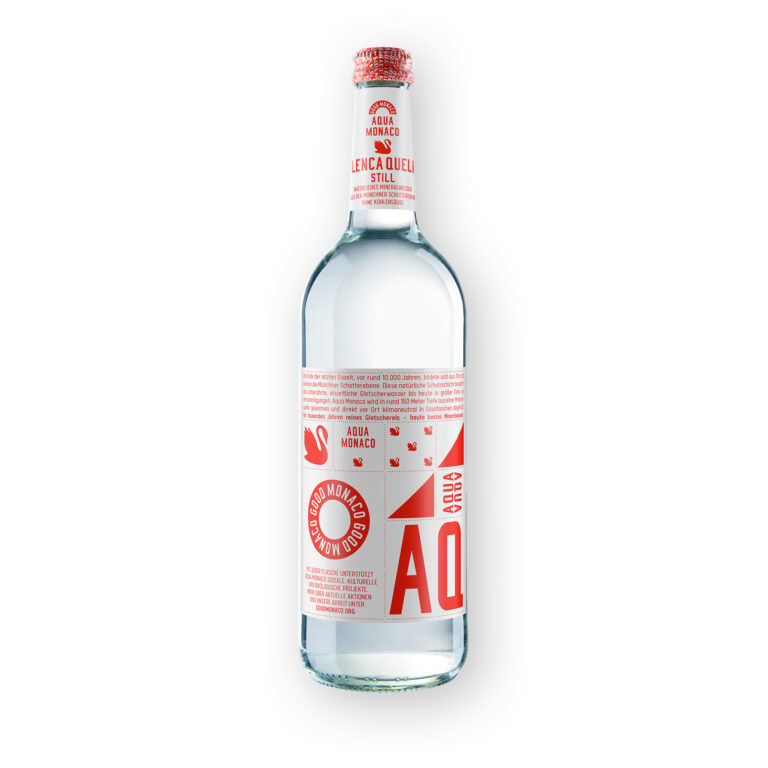The Munich gravel plain
Over the course of 780,000 years, over the last four ice ages, an outwash plain was formed from deposits of ice-age glaciers: the Munich gravel plain. Along with it, great water resources were enclosed under ground. This gravel plain forms an extensive triangle around the city of Munich, divided into two more or less even halves by the river Isar.
At the end of the respective ice ages, the Alpine ice stream network and its foreland glaciers, whose foothills extended over the area of present-day Munich, melted again. The glaciers transported debris and water masses into the plains around Munich. Here the debris was deposited while the water seeped away. The layers of rock reach deep into the earth. Between the sediments and mixed into the gravel, the glacier water still lies today.
The lowest solid layer is 640,000 years old, having been formed during the oldest of the four glacial periods; the upper strata are made up of various types of debris and gravel from the three younger ice ages. Between these strata there are thinner layers of clay, which was deposited during the interglacial periods. These rock layers from four ice ages are a natural shield and filter.
The deep water of the ice age has been like this for thousands of years before man-made impurities protected. To this day, the pollution and radiation exposure is below the detection limit and is regularly checked by independent institutes. Precipitation gives the prehistoric water masses a new and naturally filtered inflow: rain that falls today will have reached this water reservoir in about 5,000 years. Enriched with the various minerals from the rock that the water passes through on its way.
La régénération des ressources en eau de la plaine de gravier de Munich a donc commencé avec les pluies il y a des milliers d’années et perdure sans interruption.
Questions about the Gravel Plain
Prof. Dr. Wilfried Hagg is a glaciologist (glacier researcher) and a specialist in hydrology and in the physical geography of alpine mountains. We asked the head of the geological department at Hochschule München some questions about the Munich gravel plain and the Aqua Monaco mineral water below.
How was the Munich gravel plain formed?
The Munich gravel plain was formed by deposits left by the meltwaters of the Isar-Loisach glacier and the Inn-Chiemsee glacier over the course of several ice ages. The top layer was formed during the last ice age known as Würm, which ended 10,000 years ago. These deposits are known as glaciofluvial sediments. As the Alps are fairly close to Munich, and the rock was thus transported for short distances only, most of the material found here is different types of gravel ranging from 2 mm to 6.3 cm in size and featuring mostly rounded shapes formed by the flowing water that they were transported in and that smoothed their edges.
What was life like in these parts during the final days of the different glacial periods?
During the ice ages, the Alpine foothills had a tundra climate. Low temperatures prevented the growth of trees, and, similar to the Arctic regions of modern-day Canada and Russia, the land was characterised by tundra vegetation on permafrost. There was also plant migration from subpolar zones and Central Asia, with the edelweiss flower being the region’s most well-known ice-age immigrant. The era also saw large mammals including the mammoth, the woolly rhinoceros, and the cave bear.
How can we tell that our modern-day landscape was formed during the ice ages?
The ice ages left the landscape with very distinctive features. The piedmont glaciers left large hollows known as tongue basins, which are surrounded by forested ridges, the moraines, and often filled with water, thus forming lakes.
What is the difference between deep water and spring water from the mountains?
Deep water takes considerably more time to form and, for this reason, stays underground for much longer. As a result, deep water tends to be fairly well cleaned from any pollutants and contains less oxygen than spring water, which is sourced closer to the surface.
Some people may wonder what the difference between tap water and Aqua Monaco Mineral Water is. What is the difference in quality?
In general, Munich tap water is sourced from a variety of springs located in the Mangfalltal and Loisachtal valleys and is supplied to Munich households using a pipe and reservoir system. Aqua Monaco Mineral Water, on the contrary, originates from one single spring and is sourced and bottled right there and then. Moreover, mineral water is Germany’s most strictly controlled food product
So how exactly does the water get filtered when flowing through the different layers of rock?
When water trickles down through the fine pores present in loose rock, the layers act like a mechanical filter similar to a sieve, holding back even the tiniest particles including dirt and pollutants. In addition, even dissolved or gaseous pollutants can be bound by the surfaces of certain rock particles in a process known as ion exchange.
Is the water reservoir finite?
In the case of groundwater resources, a balance can be drawn between abstraction (by humans and plants) and recharge (by infiltration). Sustainable use means that no more is extracted than is newly formed. If abstraction is greater, the volume of the reservoir decreases and sooner or later it will dry out. The withdrawal by Aqua Monaco mineral water is sustainable, tested by a monthly resting water level test: the water level must not drop while the pump is running at full speed.
Prof. Dr. Wilfried Hagg








